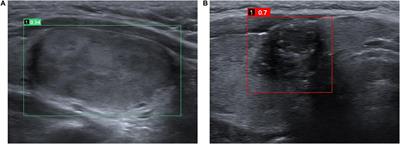EDITORIAL
Published on 22 Dec 2021
Editorial: Ultrasound in Oncology: Application of Big Data and Artificial Intelligence
doi 10.3389/fonc.2021.819487
- 1,639 views
- 2 citations
19k
Total downloads
60k
Total views and downloads
EDITORIAL
Published on 22 Dec 2021
ORIGINAL RESEARCH
Published on 07 Oct 2021
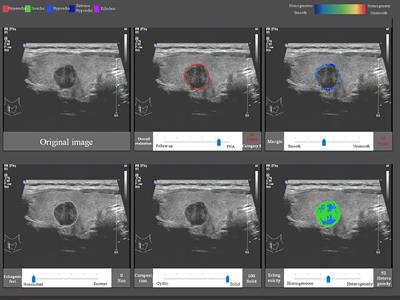
MINI REVIEW
Published on 10 Jun 2021
METHODS
Published on 29 Mar 2021
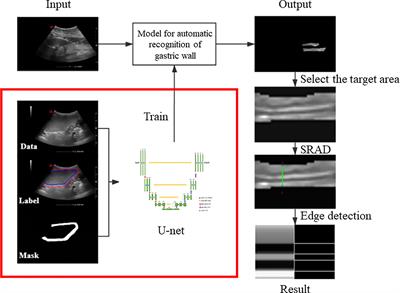
ORIGINAL RESEARCH
Published on 26 Mar 2021
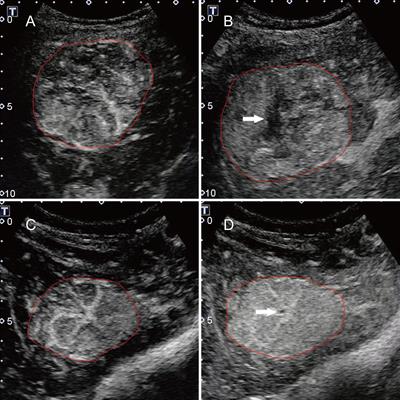
ORIGINAL RESEARCH
Published on 16 Mar 2021

ORIGINAL RESEARCH
Published on 04 Mar 2021
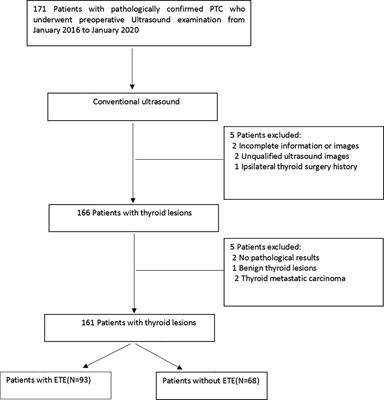
ORIGINAL RESEARCH
Published on 18 Feb 2021
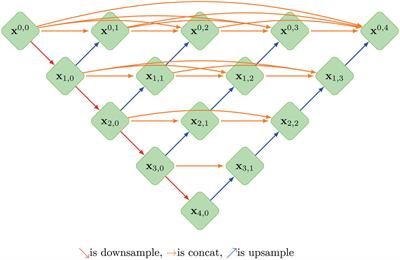
MINI REVIEW
Published on 21 Dec 2020
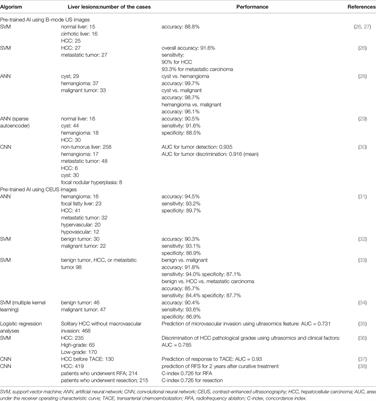
ORIGINAL RESEARCH
Published on 27 Oct 2020

ORIGINAL RESEARCH
Published on 24 Sep 2020
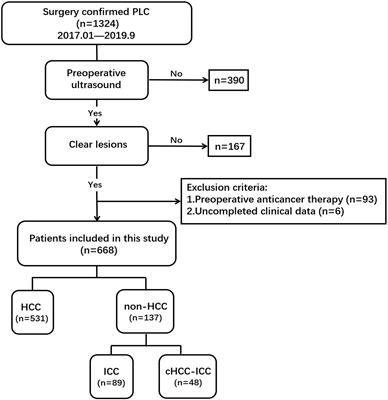
ORIGINAL RESEARCH
Published on 11 Sep 2020
